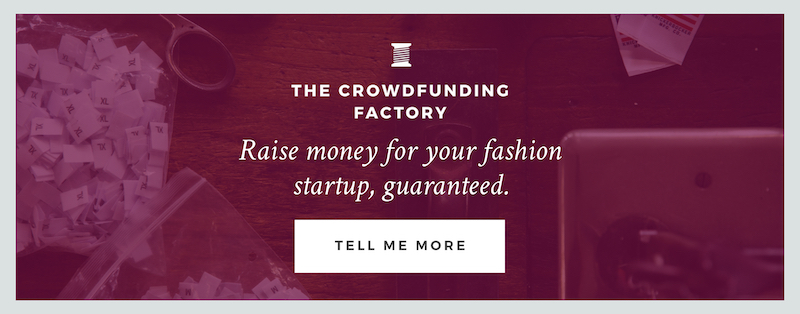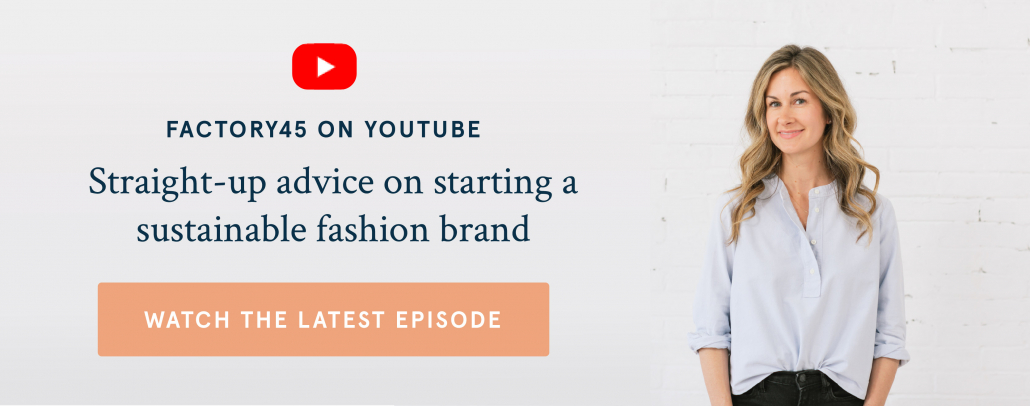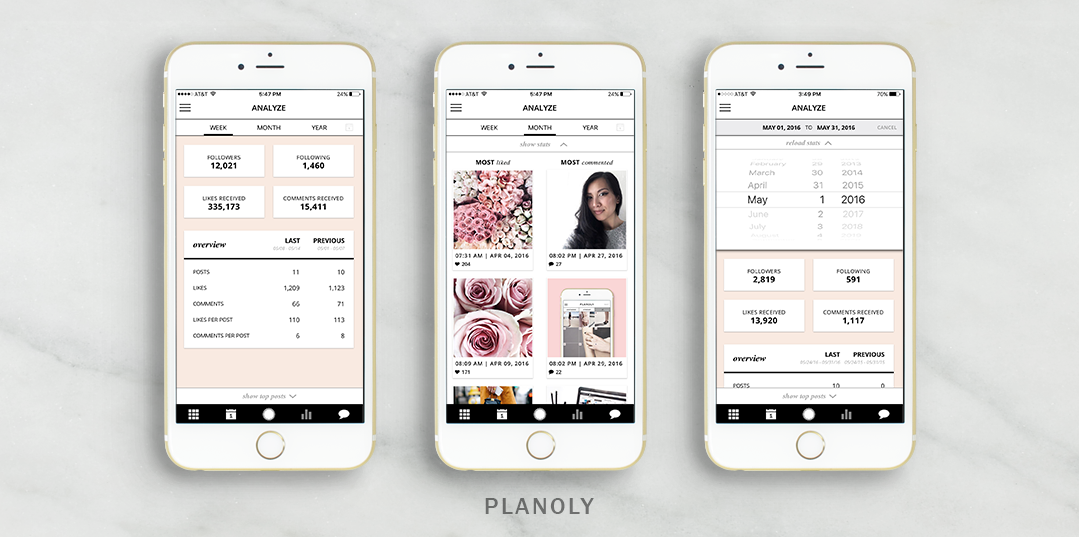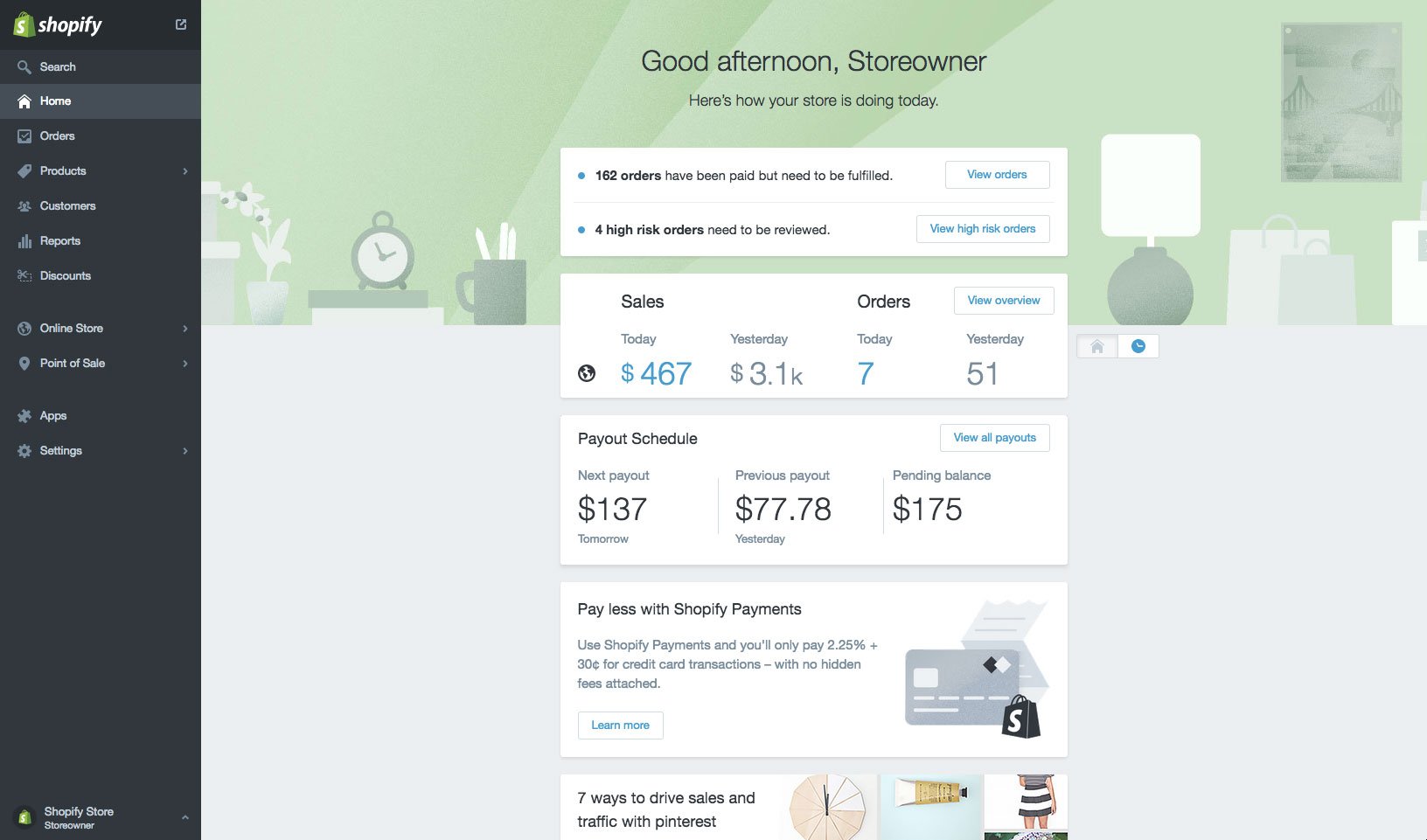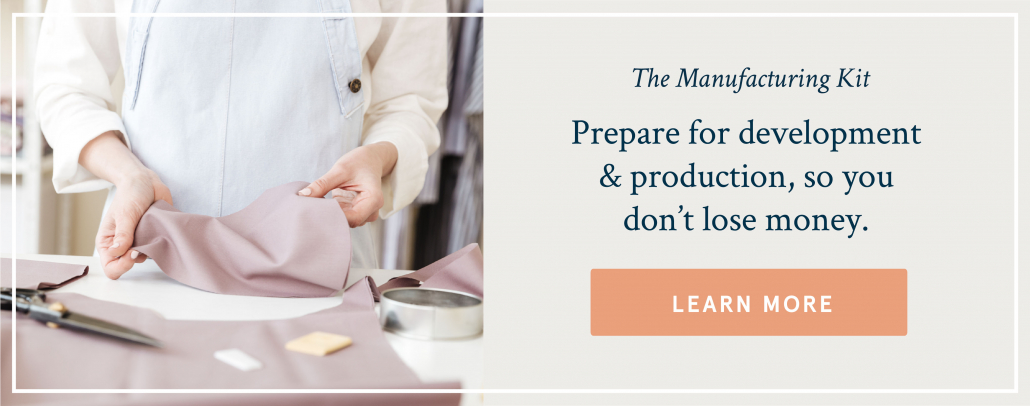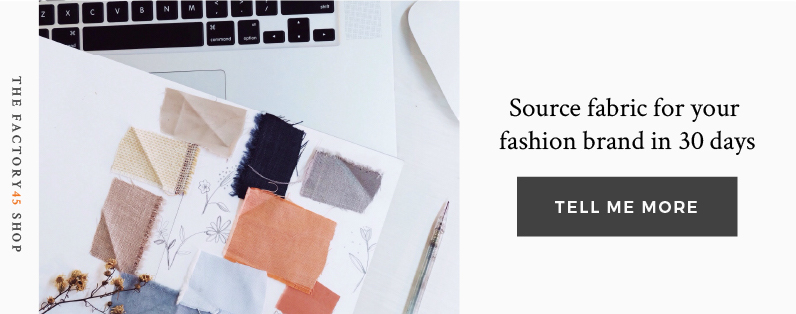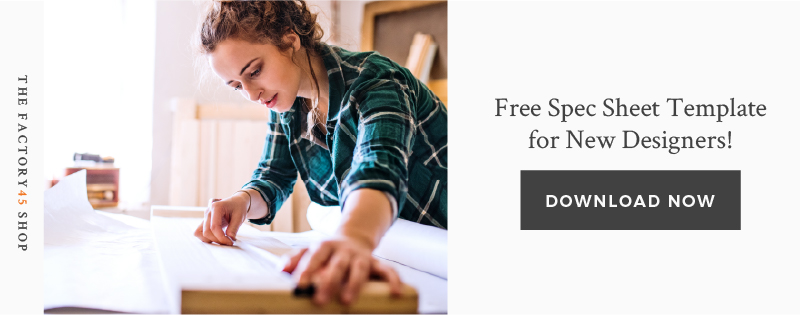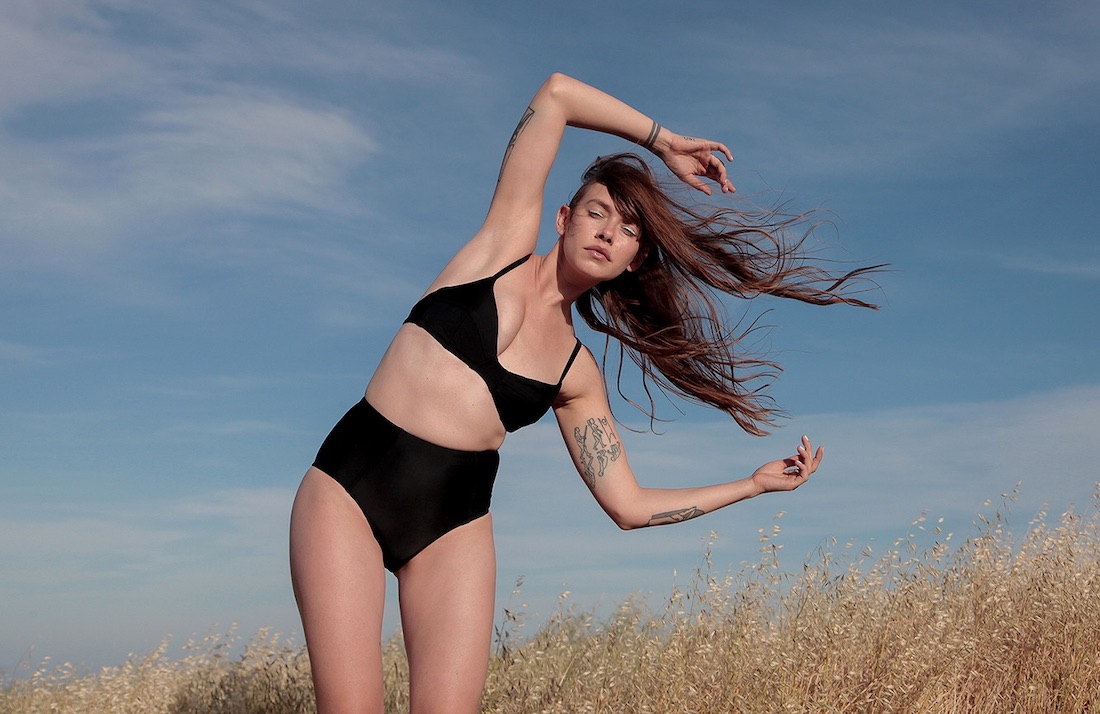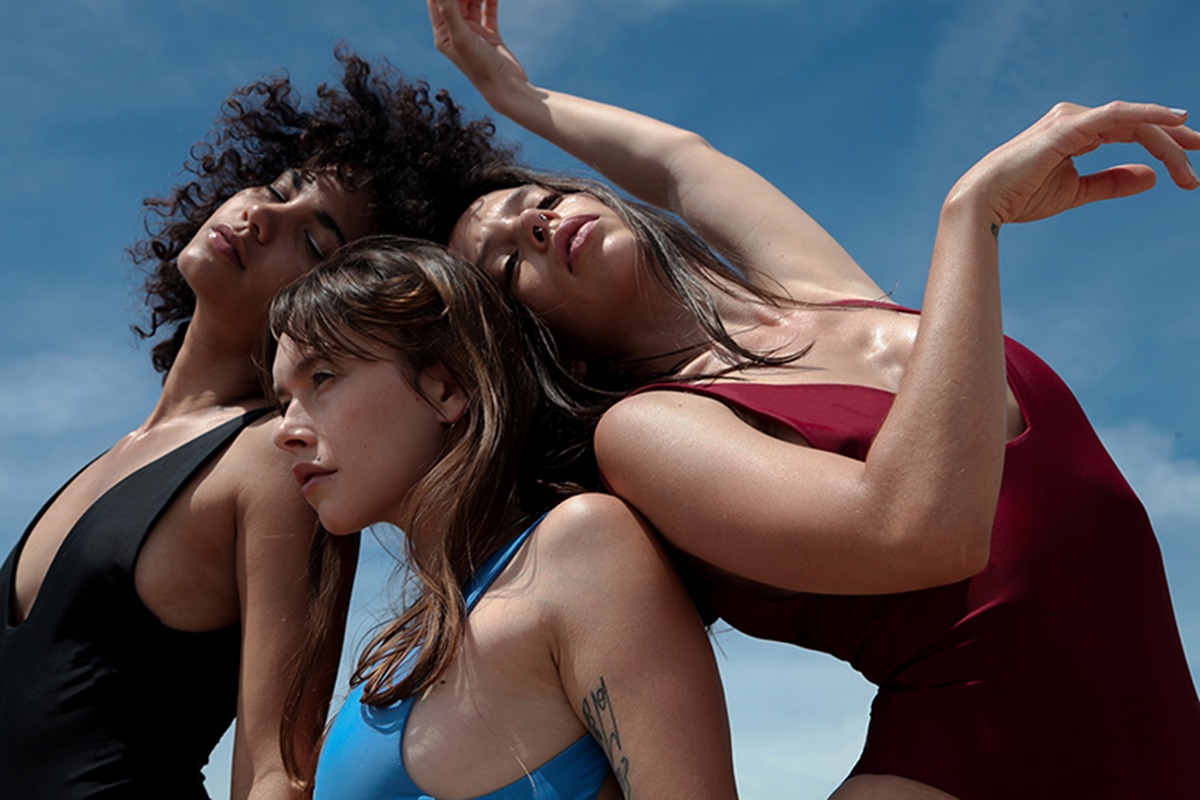A few weeks ago, while I was talking with new designers at TexWorld, someone said something that stuck with me:
“I’m feeling overwhelmed by information overload. I’ve been doing research for months and months, but at what point is it enough? At what point do I stop researching and start ‘doing’?”
You’ve probably heard the statistic — it’s something along the lines of how the average person in 2018 consumes more information in a day than a person in the 1800s consumed in their whole life.
We are bombarded with advice, opinions, facts, stats, experts, gurus, advertisements and the like.
It’s enough to cause decision paralysis for even the most confident, decisive and organized of people.
Then there are the rest of us, grasping at which direction to take, which advice to listen to and which research to follow.
And I’m here to tell you,
You can probably stop.
Stop researching. And start implementing.
Because doing is the best research you’re ever going to get.
That’s when you’re going to find what works for you and your brand — instead of what works for someone else.
Is it important to use the guidance of the people who have been there before?
Of course. (I teach a whole fashion program based on that sole concept.)
But for as many articles you read, podcasts you listen to, courses you take and networking events you go to, you have to make sure you’re taking action at the same time.
So, what do you do?
- Pick one teacher to start. Maybe it’s Jane from Fashion Brain Academy. Maybe it’s Nicole from Startup Fashion. Maybe it’s Syama from Scaling Retail. Or maybe it’s me. But you don’t need all the experts. Pick someone you trust, someone’s style that jives with how you like to learn, and a personality you connect with.
- Implement while you learn. Again, make sure you’re taking action on the new information you’re absorbing. Binders and folders and colored coordinated labels are fun, but those aren’t moving the needle. Choose one thing every day that will move your business forward or get you closer to launch.
- Notice if you’re using “research” as a way to procrastinate. If you think you’ve done too much Googling, then you probably have. Step away from the search bar.
And above all, remember, you’re not going to get it all right. You’re going to make mistakes, you’re going to follow the wrong advice, you’re going to feel paralyzed by all of the decisions you have to make.
But that’s okay.
Because the best entrepreneurs know that when one road dead-ends, you can always reroute.
For better or for worse, there will always be another road to follow.




